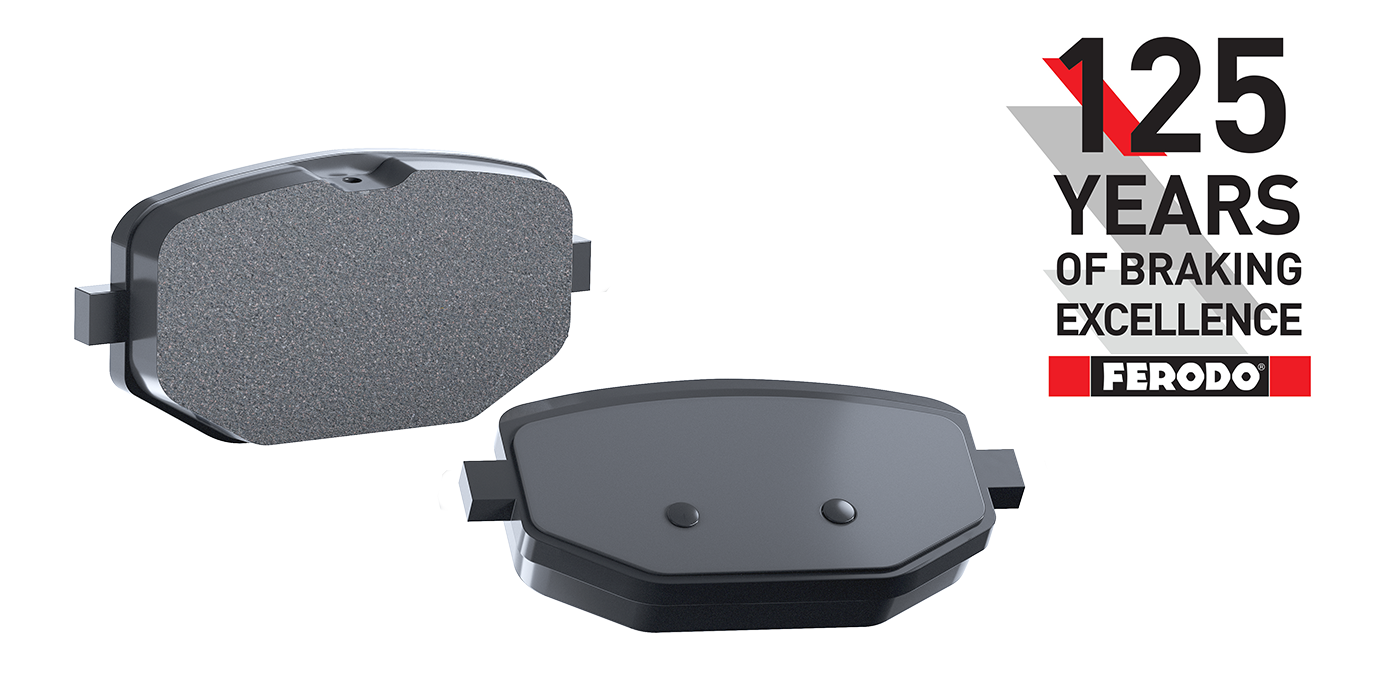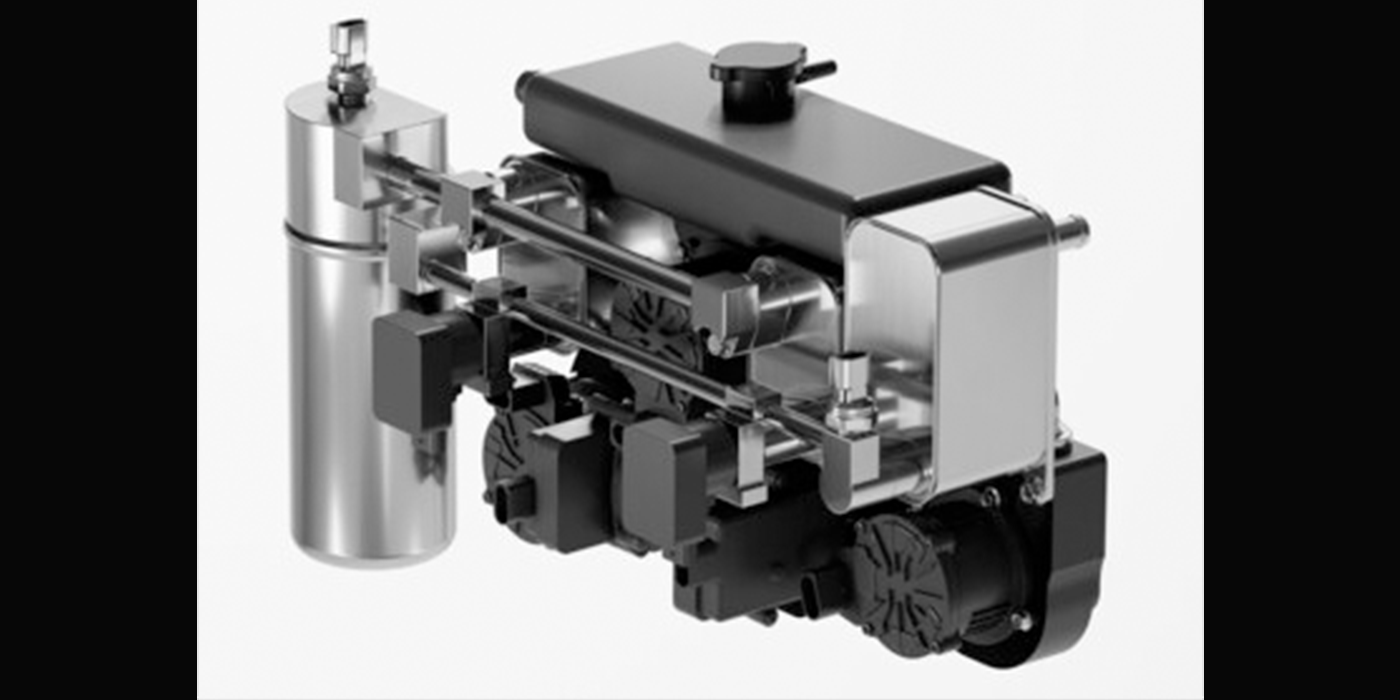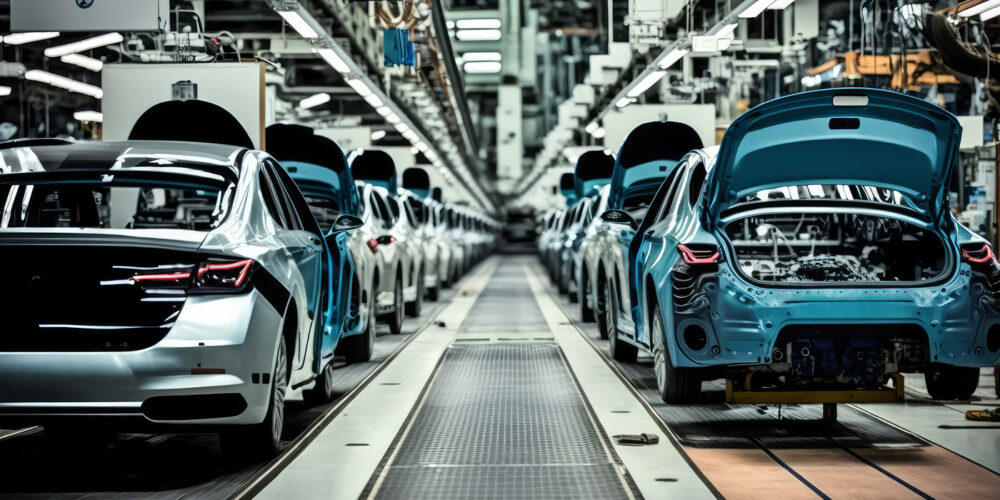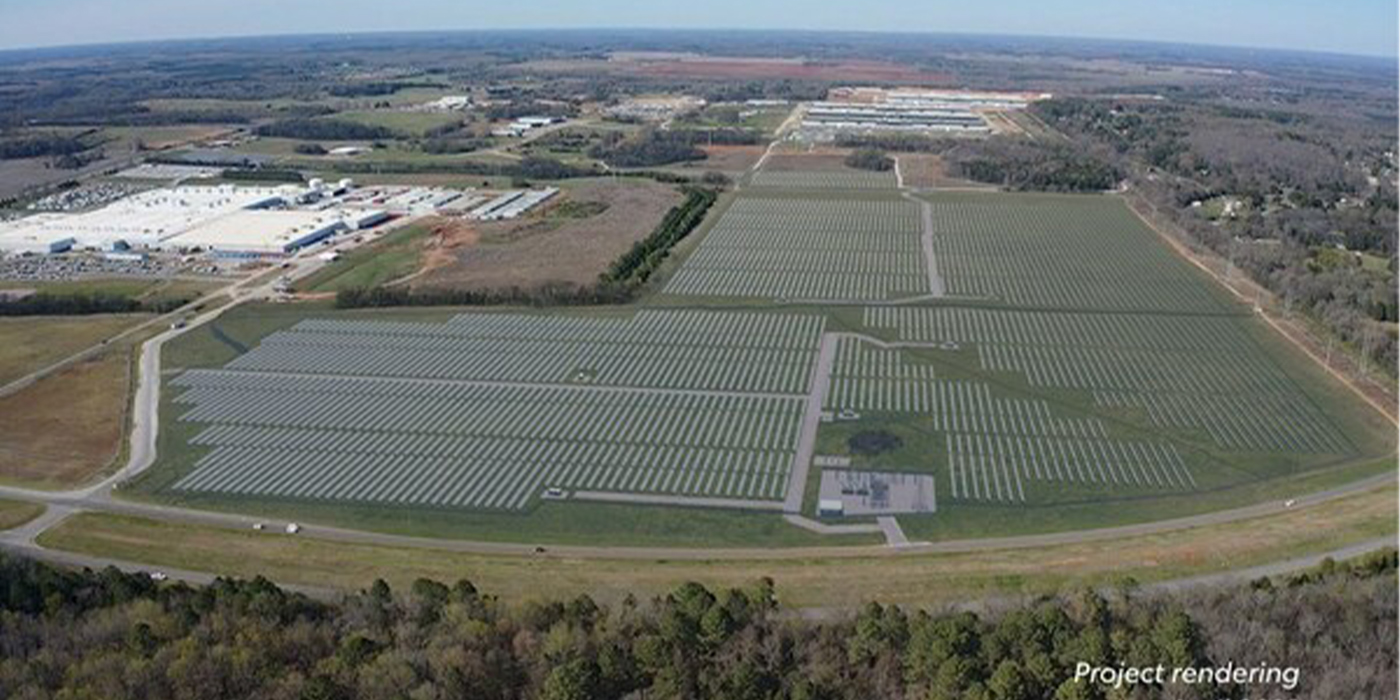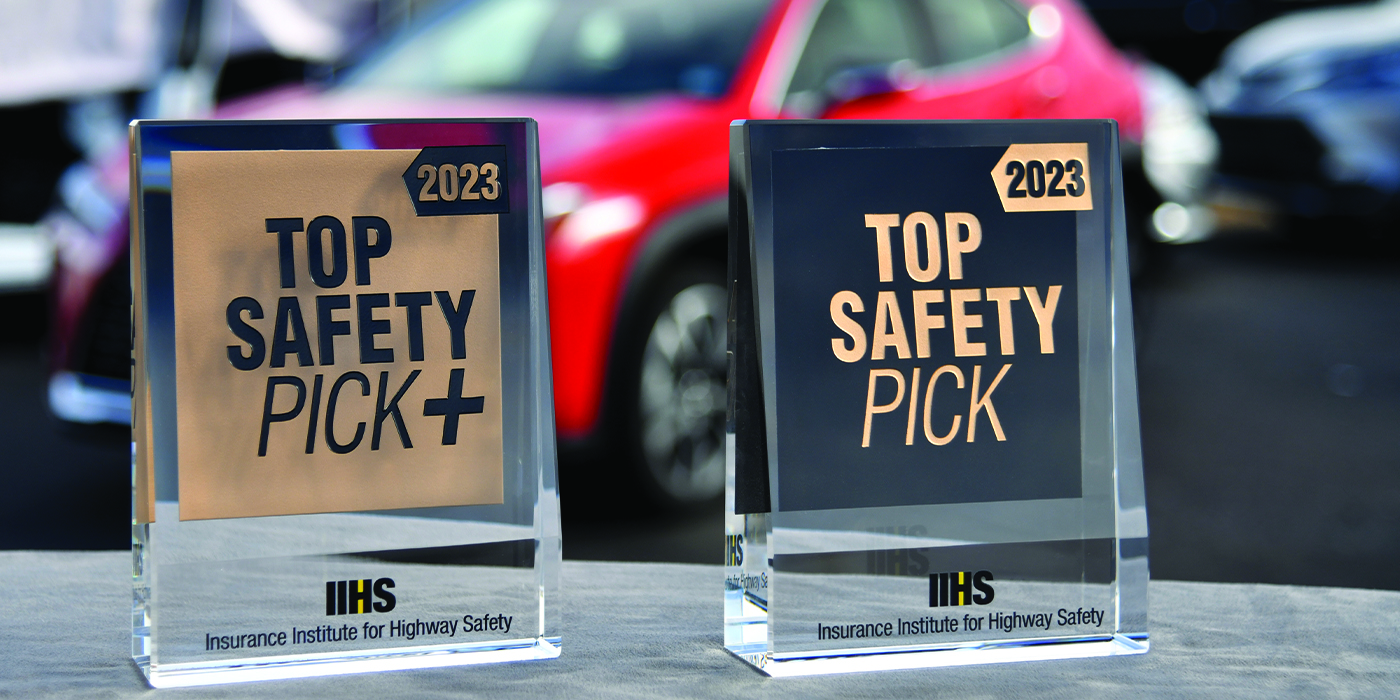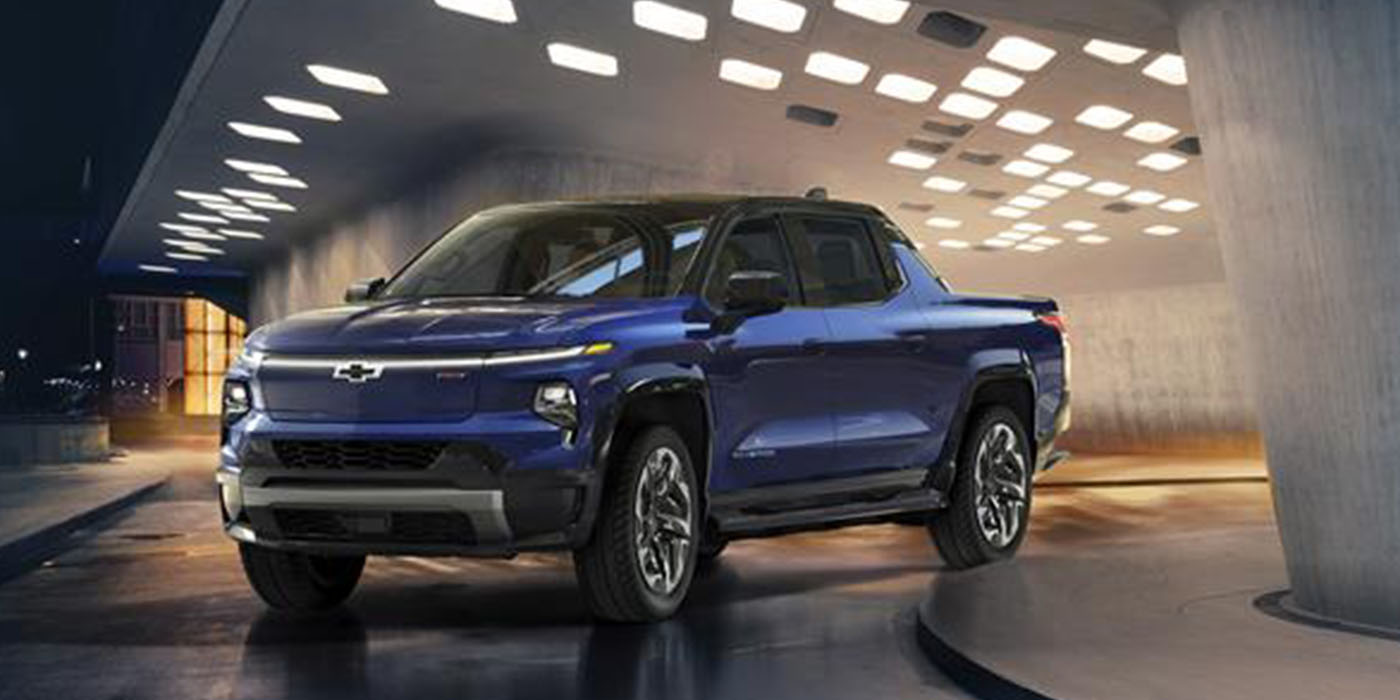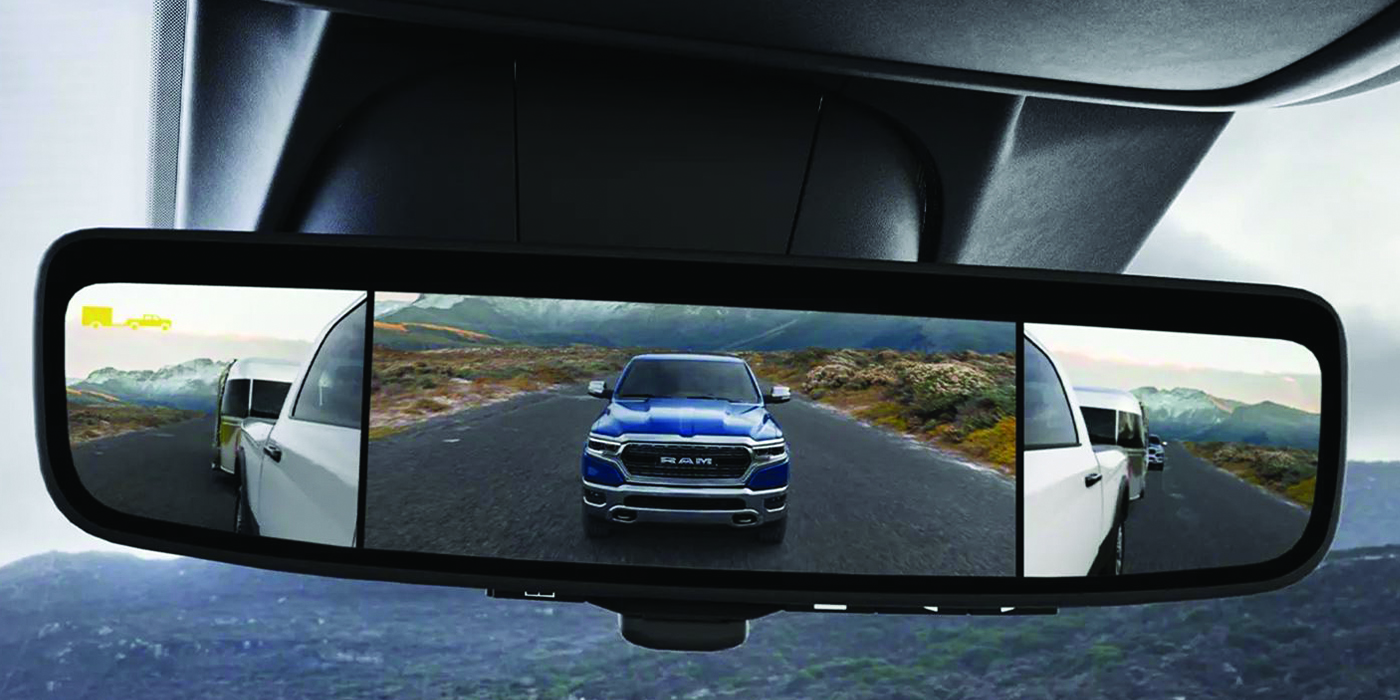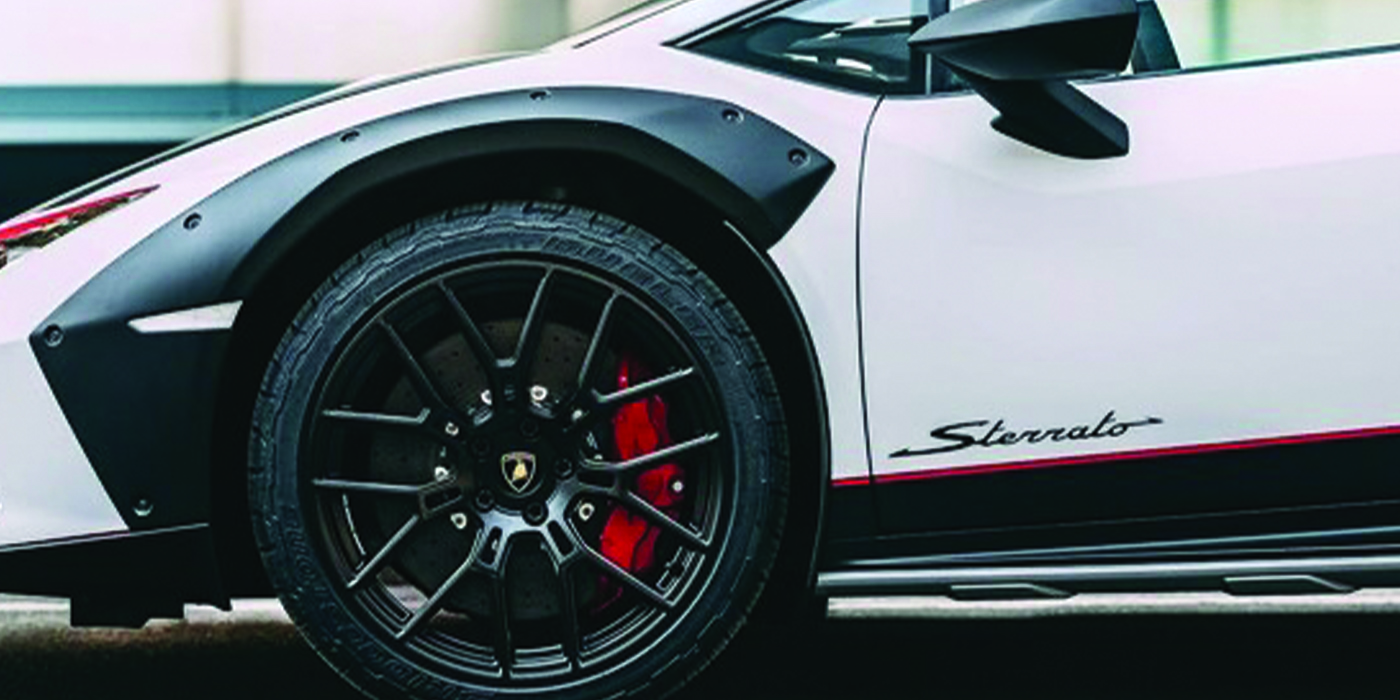From Business Week Online
Every car company hopes for hit models that are in high demand, and long windows of time in which it doesn’t have to offer sales incentives. Hybrid cars and SUVs have been among that exclusive club. But auto makers investing in the vehicles are seeing some cracks in consumer demand as more people question hybrids’ financial payback.
Seventeen hybrid-electric models will be available in the U.S. by the end of this year, and J.D. Power has forecasted that sales will reach 260,000 units, or 1.5 percent of all auto sales. But if hybrid sales hit that level, it won’t be without a lot more marketing and sales incentives than they have received so far.
HYBRID HYPE
In recent weeks, Ford Motor has begun offering 0 percent financing on the Escape Hybrid in the key markets of California and Washington, D.C. Meanwhile, Toyota has been offering national sales incentives such as lease deals, discount financing and cash to move its Highlander SUV hybrid. The Toyota Prius, which has virtually defined the hybrid market, remains the strongest seller and incentive-free.
Honda has also struggled in this area. The Accord hybrid has not sold well, and sales of the Honda Civic hybrid have been up and down with gas prices over the last few months. As a result, some auto makers are looking anew at how they market hybrids, how they style and package the vehicles and even how they train dealers to sell them.
What’s the problem? At least part of the issue is regional. California is not a strong market for domestic brands, including Ford. And in Virginia, the HOV-lane privileges for hybrid vehicles — which helped sell the vehicles to those commuting from the Commonwealth into the nation’s capital — are set to expire in July. In California, neither the Escape nor the Highlander hybrid are eligible for HOV lanes with a sole occupant.
GREEN MACHINES?
Ford spokesman Dan Bedore also points out that the Escape hybrid suffers from comparisons to the gas-only version. Car buyers are looking at the price of a standard gas-only Escape, which carries more than $2,000 in discounts, and comparing that to an Escape hybrid, which has no incentives and costs at least $3,500 more. “That makes the price walk for the hybrid a difficult proposition for a lot of people,” says Bedore.
The Toyota Highlander, meanwhile, sells for about $9,000 more than the average transaction price of the gas-only version of the SUV. According to Edmunds.com, the average incentive on a Highlander hybrid is $1,100.
Ford hopes a high-profile marketing campaign for the Escape hybrid will help move the SUVs off dealer lots faster. The auto maker recently launched splashy TV and print ads for the Hybrid Escape featuring Kermit the Frog. It will spend an estimated $15 million-plus on the effort, and it even ran one of the spots during the Super Bowl.
ESCAPE PLAN
Last year, Ford barely advertised the Escape hybrid, rationalizing that since it was only building 20,000 units, it could sell its inventory without it. “That was a mistake,” CEO Bill Ford said recently. “We should have been advertising it to let people know the leadership we were taking with hybrids and SUVs.”
This year, Escape hybrid sales are below expectations so far. Ford reported it only sold about 2,000 of them in January and February combined, well below its capacity and goal on a monthly basis.
By 2010, Ford plans to produce as many as 250,000 hybrids a year, including versions of the Ford Fusion and Mercury Milan. And a more aggressive hybrid rollout than either GM and Chrysler is meant to position Ford as the greenest, most innovative domestic auto maker, according to the marketing plan hatched by Ford executives. But the early stumbles of the Escape have awakened Ford to the idea that hybrids don’t sell themselves — and car buyers still aren’t associating the Dearborn, MI, auto maker with hybrid vehicles.
POWER AND MONEY
Part of the challenge for Ford, and even Toyota with its SUVs, is to get its dealers more comfortable and engaged on selling hybrids. “It’s not like selling a pickup truck or a minivan,” said Chad Billingsley, a Seattle-based auto-industry consultant and one-time car salesman. “There are a lot of questions posed by some pretty well-informed customers about hybrids, and the average floor salesman is very challenged by all this. The Toyota Prius has been selling itself.”
Both Ford and Honda have stepped up their dealer training on selling hybrids. One advantage the Prius offers: There’s no gas-only version, so consumers have come to identify the car with the hybrid category.
Hybrid vehicles also are running into a tougher sales climate, because pent up-demand for such vehicles by leading edge environmentally conscious consumers has been soaked up. What’s more, a raft of news articles questioning the payoff of hybrids is causing many fence-sitters to hang back and others to pass. “People have been calculating their long-term savings after buying a hybrid, and it’s become a very debatable point,” says Edmunds.com Senior Analyst Jesse Toprak.
Honda, for example, has struggled with its Accord hybrid. The Accord has cost buyers some $6,000 more than a comparable gas-only model. And then there’s the mileage. A four-cylinder gas-powered Accord EX is rated at 24 mpg city and 34 mpg highway. The Accord hybrid has almost identical fuel economy, though it has the power of a V-6. But V-6 power with four-cylinder fuel economy is hardly worth $6,000 to most Accord buyers.
THREE KINDS OF BUYERS
In addition, the Integrated Motor Assist [IMA] system in the Accord doesn’t allow the car to operate on battery only. It’s a kind of super-sized starter that boosts the performance of the gasoline engine and enables it to switch off when the car is stopped and idling. That deprives the driver of the “gee-whiz” factor that comes with a Prius, for example, which moves on battery power alone in stop-and-go traffic or in a parking lot.
Industry analysts say there are three basic markets for hybrid vehicles. The first are the leading edge environmentalists who commune with other hybrid owners on the Internet, wave to them on the road, and write lawmakers demanding more tax incentives for hybrid buyers. Then there’s the hip crowd in such markets as California and South Florida, where buying a hybrid — especially the Toyota Prius — has become a fashion statement.
Next are the number crunchers, people who budget for gas and do the calculations after paying premiums of $3,500 to $9,000 to buy a hybrid. They factor in tax refunds to see if the gas money they save will be worth restricting themselves to a few vehicles whose styling or features they may not otherwise choose.
ADDING IT UP
It’s this last group, says Edmunds.com’s Toprak, that offers auto makers the most growth potential. But they’re holding back right now, in part because of the uncertainty surrounding the financial benefits of owning a hybrid.
Consumer Reports earlier this month released an erroneous article it later had to correct stating that none of the hybrids on the market today would save owners money over the course of five years. But even after the influential magazine corrected its math, it still reported that Prius owners would save only $406, and Honda Civic owners would save $317. Escape, Accord and Highlander owners, the magazine calculated, would lose money.
The market for people wanting to save money by owning a hybrid is not going to be impressed with even the paltry savings delivered by Prius and Civic, and will certainly think two and three times before they take the plunge on losing money on the deal.
Copyright 2006 The McGraw-Hill Cos. All Rights Reserved.
_______________________________________
Click here to view the rest of today’s headlines.



